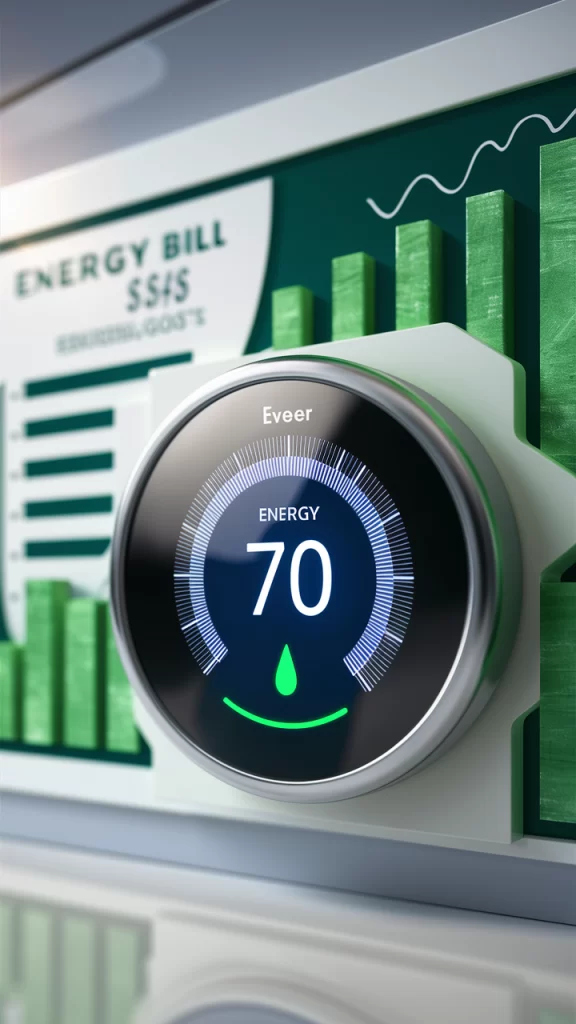
Airbnb Guest: A Host’s Guide to a Memorable Start
Facebook Twitter LinkedIn Reddit Email WhatsApp Welcome Your First Guest on Airbnb: A Host’s Guide to a Memorable Start Welcoming your first guest on Airbnb
As the demand for sustainable living continues to rise, more homebuyers are increasingly exploring green mortgages to finance energy-efficient homes. Not only do green mortgages offer unique benefits for homeowners, but they also positively impact the environment. Consequently, they are becoming an attractive option for anyone looking to reduce their carbon footprint and save on energy costs. In this blog, we’ll delve into what green mortgages are, how they work, and why they might be the perfect choice for your next home purchase.
A green mortgage, also known as an energy-efficient mortgage (EEM), is a type of home loan specifically designed to encourage homeowners to purchase or upgrade properties to be more energy-efficient. In other words, these mortgages can be used not only to buy a new home with energy-saving features but also to make energy-efficient improvements to an existing home.
Green mortgages work similarly to traditional mortgages; however, they come with added benefits for energy efficiency. Here’s a step-by-step breakdown of how they typically operate:
Assessment of Energy Efficiency: First, to qualify for a green mortgage, a home must meet certain energy efficiency standards. This is usually determined through a home energy rating system (HERS) or another recognized energy audit. During this assessment, the home’s current energy usage is measured, and potential improvements are identified.
Incorporation of Energy Efficiency Costs: Next, the cost of energy-efficient upgrades or the premium for buying an energy-efficient home is incorporated into the mortgage. This process allows borrowers to finance the cost of improvements over the life of the loan, often at a lower interest rate than other types of loans.

Lender Incentives and Benefits: Additionally, some lenders offer special incentives for green mortgages, such as reduced interest rates or discounts on closing costs. These incentives further make it more affordable for homeowners to invest in energy-efficient properties.
Completion of Energy-Efficient Improvements: For existing homes, once the loan is approved, homeowners can then proceed with the energy-efficient upgrades. After the upgrades are completed, the lender may require a follow-up energy audit to ensure that the improvements have been made and that the home meets the required standards.
There are several types of green mortgages available, depending on the lender and the specific program. To begin with, the Federal Housing Administration (FHA) Energy Efficient Mortgage Program allows borrowers to finance the cost of energy-efficient improvements directly into an FHA-insured mortgage. This program is versatile, as it’s available for both new and existing homes and can be used for single-family and multi-family properties.
Next, the VA Energy Efficient Mortgage is specifically available to eligible veterans and active-duty service members. This option allows them to add the cost of energy-efficient improvements to their VA home loan.
Lastly, Conventional Energy Efficient Mortgages are offered by private lenders. These loans often come with flexible terms and may even offer additional incentives for homeowners who invest in green upgrades.
Green mortgages offer several benefits to homeowners and the environment:
Lower Energy Costs: By investing in energy-efficient improvements, homeowners can significantly reduce their monthly utility bills. This is especially beneficial in areas with high energy costs or for larger homes.
Increased Home Value: Energy-efficient homes are often more attractive to buyers, potentially increasing the resale value of the property. As energy costs continue to rise, homes with lower utility bills may become even more desirable.

Environmental Impact: Green mortgages support sustainable living by reducing energy consumption and greenhouse gas emissions. Homeowners who invest in energy-efficient upgrades contribute to a healthier planet.
Potential for Lower Interest Rates: Some green mortgage programs offer lower interest rates, making it more affordable for homeowners to invest in energy efficiency.
Qualifying for a green mortgage is similar to qualifying for a traditional mortgage but with a few additional steps:
Credit Score and Income: Lenders will evaluate your credit score, income, and debt-to-income ratio to determine your eligibility for a loan.
Energy Efficiency Assessment: An energy audit or home energy rating will be required to assess the home’s energy efficiency and identify necessary improvements.
Lender Requirements: Some lenders may have specific requirements for green mortgages, such as a minimum energy rating score or a list of approved energy-efficient improvements.
Down Payment and Closing Costs: As with any mortgage, you will need to provide a down payment and cover closing costs, although some green mortgage programs may offer reduced fees.
If you don’t own a home, buy one. If you own a home, buy another one. If you own two homes buy a third. And lend your relatives the money to buy a home.
John Paulson Tweet
Escrow accounts play a vital role in real estate transactions by providing security, convenience, and peace of mind for all parties involved. Whether you’re buying or selling a home, understanding how escrow accounts work can help you navigate the process with greater confidence. If you have any questions about escrow accounts or need further assistance with your real estate needs, feel free to reach out to a professional who can guide you through the process.

Facebook Twitter LinkedIn Reddit Email WhatsApp Welcome Your First Guest on Airbnb: A Host’s Guide to a Memorable Start Welcoming your first guest on Airbnb

Facebook Twitter LinkedIn Reddit Email WhatsApp Mastering Airbnb Policies and Legal Requirements: A Guide for Hosts If you’re considering hosting on Airbnb, understanding the platform’s

Facebook Twitter LinkedIn Reddit Email WhatsApp The Anatomy of a Perfect Airbnb Listing Creating an irresistible Airbnb listing is both an art and a science.